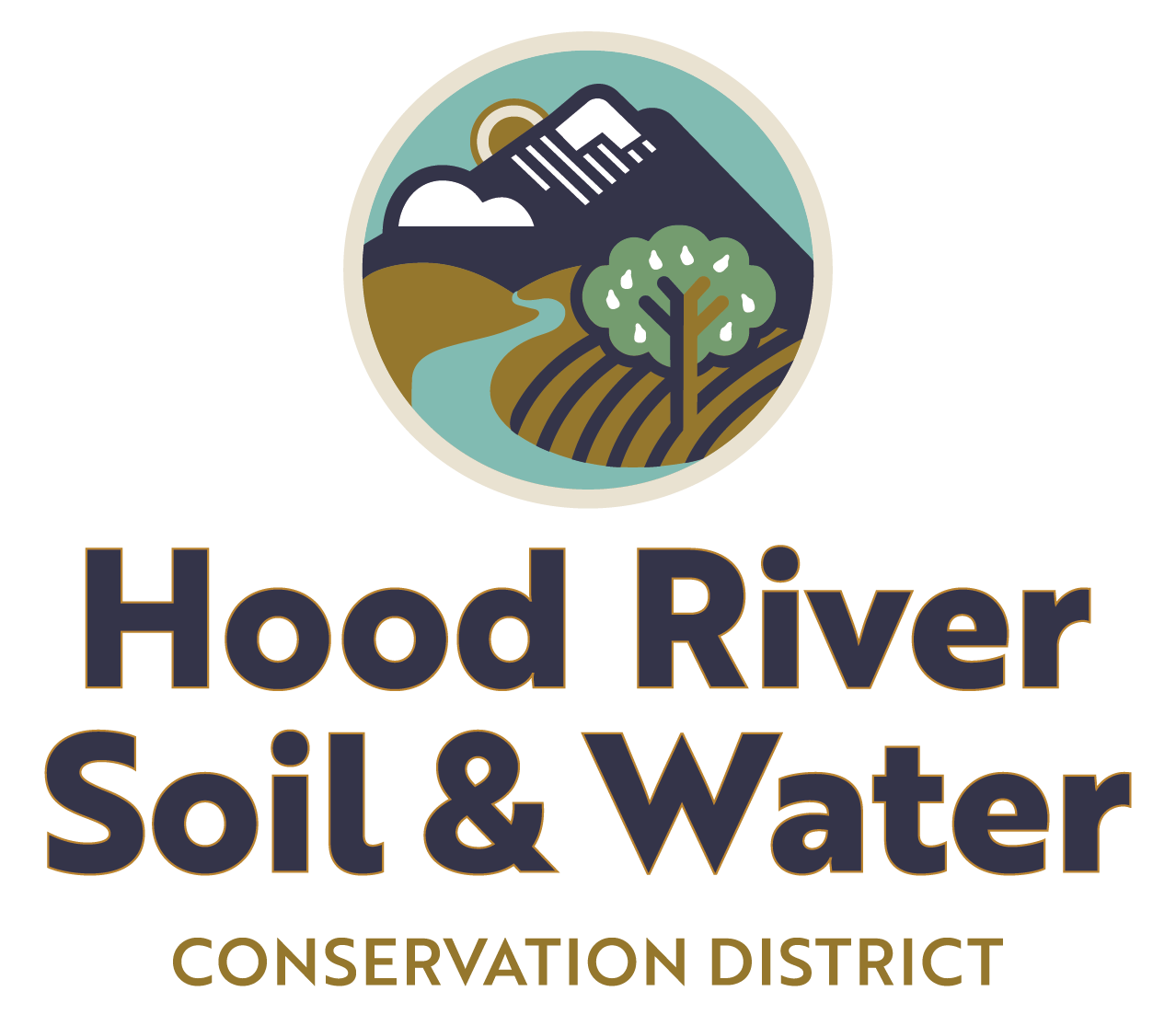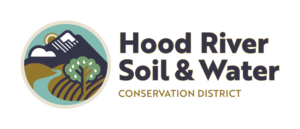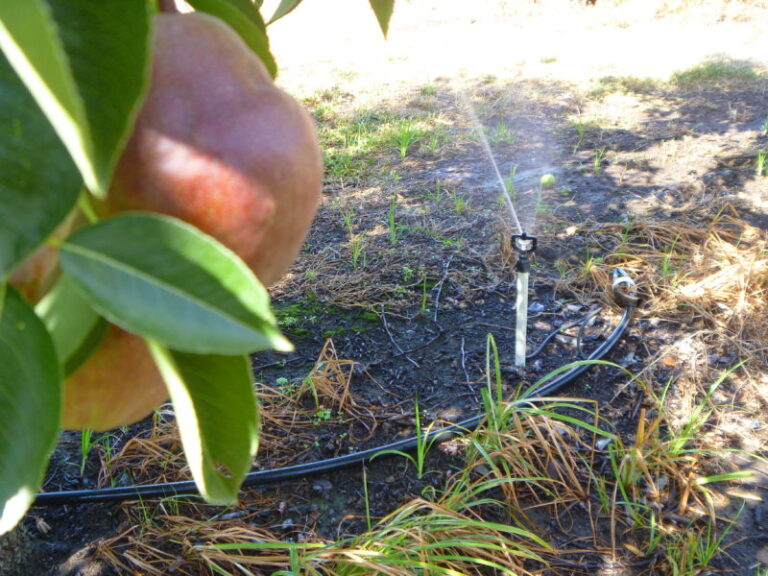Wildfire seasons are growing longer and more dangerous, and climate change and poor forest health are exacerbating the risks to communities. An expanding wildland urban interface (WUI) has also led to a significant increase in the number of homes exposed to wildfire in Oregon. Forest restoration and community preparedness are critical strategies to reduce the risk of catastrophic wildfire.
Climate change is increasing the risk of drought, forest insect and disease outbreaks, and wildfire in Hood River County. Each summer, larger and more severe wildfires threaten communities in the Columbia River Gorge. In 2017, the Eagle Creek Fire burned 48,000 acres and cost $19 million to suppress. In 2020 and 2021, the Riverside and Bull Complex fires on the west zone of Mount Hood resulted in suppression and recovery costs exceeding $100 million. In 2023, the Tunnel 5 Fire burned over 500 acres and at least 10 homes were lost.
Wildfire preparedness activities in Hood River County are focused on creating defensible space around structures and implementing fuels reduction activities with forest landowners. Through partner funding, The HRSWCD has been offering free mobile chipping services to homeowners and, for those unable to physically conduct the work themselves, a hand crew to conduct brushing, limbing, and cutting of trees and shrubs. Project partners also conduct education and outreach activities including Community Wildfire Preparedness Events.
NRCS has funding to help forest landowners! The Hood River County Forest Resilience Initiative focuses on private lands in Hood River County and addresses concerns of wildfire risk by utilizing a series of practices to improve forest resilience. This initiative has been catalyzed by recent uncharacteristic and catastrophic wildfire events occurring in the Pacific Northwest and in this region specifically. Exclusion of fire from the landscape and changes in climatic patterns over time have resulted in a separation from natural processes in forest ecosystems resulting in undesirable conditions for wildfire behavior. Although this strategy primarily addresses concerns related to wildfire, objectives are to return systems to their natural structure and composition which will subsequently support ecosystem processes on a holistic level and promote native plant and wildlife species.







